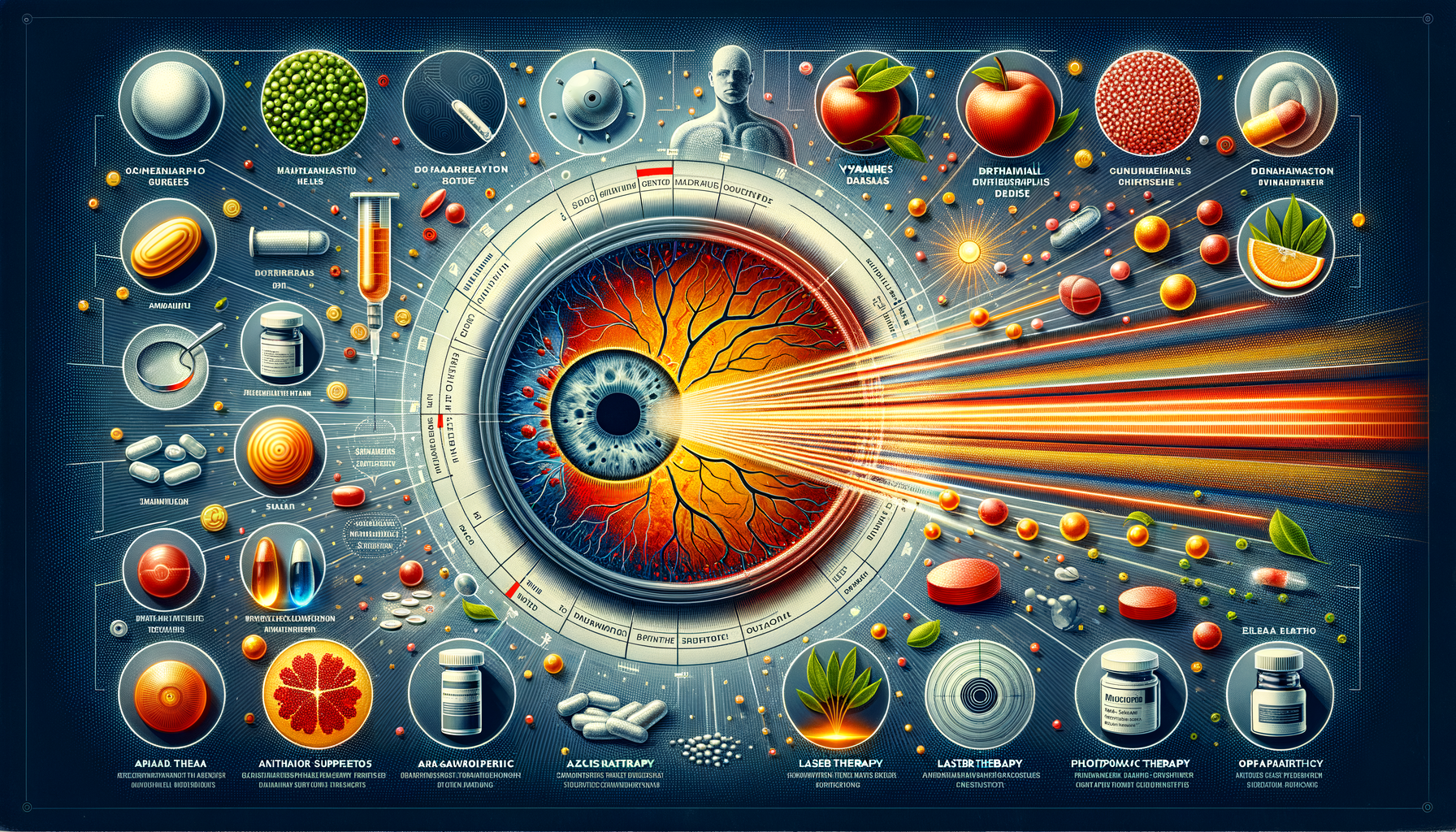Introduction to Macular Degeneration
Macular degeneration is a prevalent eye condition that primarily affects individuals over the age of 50. This condition leads to the deterioration of the central portion of the retina, known as the macula, which is vital for clear vision in activities such as reading and driving. Understanding the significance of macular degeneration is crucial, as it is a leading cause of vision loss among older adults. The condition comes in two forms: dry and wet macular degeneration, each with distinct characteristics and treatment options.
Understanding the Types of Macular Degeneration
Macular degeneration is categorized into two primary types: dry and wet. Dry macular degeneration is more common and accounts for approximately 80-90% of cases. It occurs when the macula thins over time as part of the aging process, leading to a gradual loss of vision. In contrast, wet macular degeneration is less common but more severe. It is characterized by the growth of abnormal blood vessels under the retina, which can leak fluid or blood, causing rapid vision loss.
Both types of macular degeneration affect the central vision, making everyday tasks challenging. For instance, individuals may notice blurred or wavy vision, difficulty recognizing faces, and trouble adapting to low light levels. While dry macular degeneration progresses slowly, wet macular degeneration can lead to significant vision impairment if not treated promptly.
Warning Signs and Risk Factors
Recognizing the warning signs of macular degeneration early can be crucial in managing the condition effectively. Common symptoms include a gradual or sudden change in the quality of vision, such as distortion of straight lines, dark or empty areas in the center of vision, and difficulty seeing in low light. Regular eye exams are essential for early detection, especially for individuals with risk factors.
Several risk factors contribute to the development of macular degeneration. Age is the most significant factor, with individuals over 60 being at higher risk. Other factors include genetics, smoking, high blood pressure, and obesity. Additionally, a diet low in fruits and vegetables may increase the risk. Understanding these risk factors can help individuals take preventive measures to protect their eye health.
Supplements and Lifestyle Changes
While there is no cure for macular degeneration, certain supplements and lifestyle changes can help slow its progression. Studies have shown that specific vitamins and minerals, such as vitamin C, vitamin E, zinc, and copper, play a role in maintaining eye health. Additionally, omega-3 fatty acids and lutein are believed to support retinal health.
Incorporating a diet rich in leafy greens, fish, and nuts can provide these essential nutrients. Moreover, adopting a healthy lifestyle by quitting smoking, managing blood pressure, and maintaining a healthy weight can significantly reduce the risk of developing macular degeneration. Regular exercise and wearing sunglasses to protect against UV rays are also recommended preventive measures.
Available Therapies and Treatments
For individuals diagnosed with macular degeneration, several treatment options are available, especially for the wet form of the condition. Anti-VEGF injections are a common treatment for wet macular degeneration, as they help reduce the growth of abnormal blood vessels and slow vision loss. Laser therapy is another option that can seal leaking blood vessels.
For dry macular degeneration, the focus is on monitoring the condition and making lifestyle adjustments to slow its progression. In some cases, low vision aids such as magnifiers and special glasses can help individuals manage their daily activities.
It is essential for patients to work closely with their healthcare providers to determine the most appropriate treatment plan. Regular follow-ups and eye examinations are critical to managing the condition effectively and preserving vision.
Conclusion: Navigating Life with Macular Degeneration
Macular degeneration presents significant challenges, but with early detection and appropriate management, individuals can maintain a good quality of life. Understanding the condition, recognizing the warning signs, and making informed lifestyle choices are vital steps in managing macular degeneration. By staying informed and proactive, those affected by this condition can continue to lead fulfilling lives.








